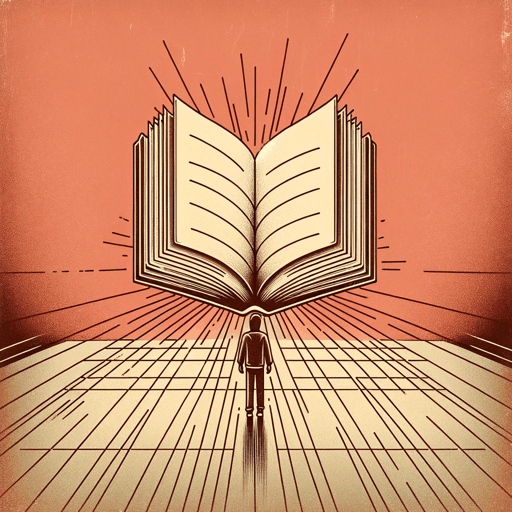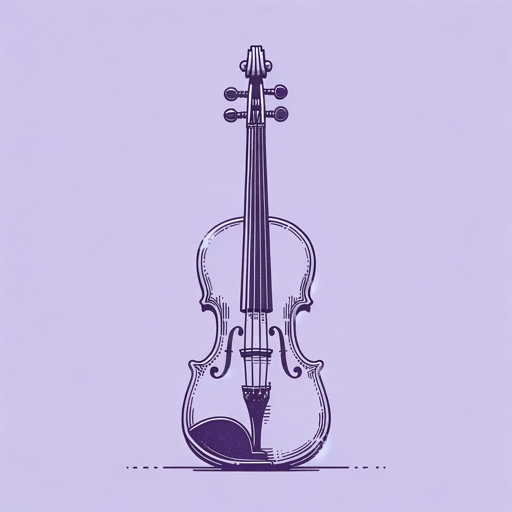56 pages • 1 hour read
Susan KuklinNo Choirboy: Murder, Violence, and Teenagers on Death Row
Nonfiction | Book | YA | Published in 2008A modern alternative to SparkNotes and CliffsNotes, SuperSummary offers high-quality Study Guides with detailed chapter summaries and analysis of major themes, characters, and more.
Summary and Study Guide
Overview
No Choirboy: Murder, Violence, and Teenagers on Death Row is a nonfiction young adult book published by Susan Kuklin in 2009. The book recounts Kuklin’s interviews with teenagers sentenced to death row or life without the possibility of parole. In addition to allowing her subjects to share their experiences in their own words, the book also delves into the US criminal justice system and the issue of capital punishment. No Choirboy is a 2009 Bank Street–Best Children’s Book of the Year and has been honored as one of the American Library Association’s Best Books for Young Adults.
Content Warning: The source material contains descriptions of or references to violence, sexual assault, drug abuse, racism, and suicide. Additionally, the source material features three instances of an offensive racial slur, quoted by two of its subjects as having been used against them in verbal assaults.
Summary
No Choirboy consists of a series of interviews concerning teenagers who were tried and sentenced as adults. In the first three chapters, she speaks directly to those adolescents (now young men) about their lives before and during their imprisonment. Chapter 1 concerns Roy Burgess Jr., who was 16 when he was sentenced to death for murdering a classmate while stealing his car. Roy grew up in a middle-class home and had no criminal record; his accomplices in the robbery were both older and members of a gang, and Kuklin casts doubt on their testimony that it was Roy who committed the actual killing. Roy’s sentence was later commuted to life in prison, although Roy found day-to-day existence on death row more tolerable than in general population, citing the sense of fellowship that develops among those awaiting execution. Since his arrest, Roy has earned his GED and become widely read in both literature and science.
Chapter 2 details Kuklin’s interview with Mark Melvin, who grew up in poverty and without access to treatment for his mood swings and behavioral conditions. Mark was 14 when (by his own admission) he helped his older brother murder a man; Mark’s brother later tried to pin the entirety of the crime on him. Due to his young age, Mark was spared capital punishment, but he received the harshest sentence for which he was eligible: life without the possibility of parole. Mark, who felt immediate and intense remorse for his crime, struggled in his first prison, where he was subjected to beatings and threats of rape. He was later transferred to a less violent institution and picked up hobbies like guitar and drawing. Although his sentence was eventually reduced—he is now eligible for parole—he regrets being unable to participate in work release.
Chapter 3 concerns Nanon Williams, who was a talented student and star athlete but struggled emotionally with his family’s financial instability and frequent moves. After becoming involved in drug-dealing, he was arrested when a deal went awry, resulting in murder. Though Nanon’s accomplices claimed he was responsible for the death, ballistics evidence not considered at the time suggests it was not his gun that fired the shot. Nevertheless, Nanon was sentenced to death when he was 17. His experience of death row was considerably less positive than Roy’s, but he managed to become an author of several works about the prison experience. The Supreme Court’s Roper v. Simmons ruling eventually nullified his sentence, declaring that the death penalty was unconstitutional for juvenile offenders. However, he had yet to be transferred to general population at the time of his interview due to bureaucratic entanglements.
In Chapter 4, Kuklin interviews the mother and brother of Napoleon Beazley, who was executed in 2002 for a murder that occurred when he was 17. At the time of the trial, Napoleon’s accomplices claimed that he showed no remorse for the killing, which took place during a carjacking; they later recanted and said Napoleon was in tears immediately afterward. Race also factored significantly in the sentencing, as Napoleon was Black and the victim white (as well as a prominent businessman and the father of a judge). Napoleon’s mother harbors considerable anger at the justice system, in part because the state did not grant Napoleon a stay of execution when a case with bearing on his own came before the Supreme Court. Jamaal, Napoleon’s brother, still struggles to understand how Napoleon could have committed the crime to begin with.
Chapter 5 switches gears, detailing Kuklin’s interview with the siblings of a teenage murder victim, William Jenkins, as well as emails from William’s parents. Though shock and grief significantly upended the lives of William’s relatives, they are all staunchly opposed to capital punishment and even urged the prosecutor of William’s case not to pursue it. William’s father eventually began to speak about his loss with at-risk youths, hoping to prevent similar tragedies from occurring in the future.
In the book’s final chapter, Kuklin interviews anti-death-penalty lawyer Bryan Stevenson, who represented both Roy and Mark. Stevenson lost his own grandfather to murder and this, combined with his awareness of the racial and class dynamics of crime and capital punishment, fuels his activism.
Though Kuklin provides contextual detail throughout No Choirboy, she does not explicitly share her own views on capital punishment or on Trying Juveniles as Adults. Nevertheless, her choice of interview subjects and presentation of their stories ultimately present a de facto case against both.
Related Titles
By Susan Kuklin


